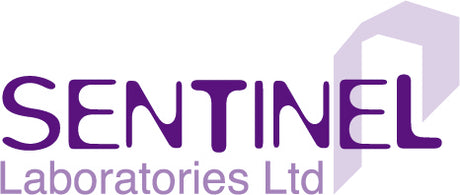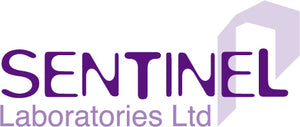Buying Guide for Eye Protection in the Workplace (PPE)
Buying Guide for Eye Protection in the Workplace (PPE)
Introduction
Eye protection in the workplace is critical to safeguard employees against a range of hazards, from flying debris to chemical splashes. It's not just about avoiding injuries; it's also about maintaining long-term eye health. Whether in construction, laboratory work, manufacturing, or any setting where eye hazards exist, the right eye protection is a non-negotiable element of personal protective equipment (PPE).
The Role of Risk Assessment in Choosing Eye Protection
A thorough risk assessment is the foundation for choosing eye protection. It should:
- Identify potential eye hazards: particles, chemicals, radiation, etc.
- Assess the likelihood and potential severity of exposure to these hazards.
- Determine the operations causing these risks and who might be affected.
- Recommend the type of eye protection needed to mitigate the risks effectively.
The risk assessment must be periodically reviewed, especially when new hazards emerge or work processes change.
Overview of Workplace Eye Protection
Types of eye protection vary based on the hazards present:
- Safety Glasses: For general protection against low-impact debris.
- Goggles: Provide a secure fit and protection against dust, splashes, and impact.
- Face Shields: Offer full face protection, often used in conjunction with safety glasses or goggles.
- Specialized Eyewear: This includes welding helmets and laser safety glasses designed to protect against specific types of radiation.
Key Industry Standards (UK) Relating to Eye Protection
The following table lists the key UK standards for eye protection:
| Standard Number | Title | Description |
| EN 166:2001 | Personal eye protection - Specifications | A core standard covering basic requirements for all eye protection. |
| EN 167:2001 | Personal eye protection - Optical test methods | Details test methods for optical qualities of protectors. |
| EN 168:2001 | Personal eye protection - Non-optical test methods | Covers non-optical test methods like resistance to fogging and robustness. |
| EN 169:2002 | Personal eye protection - Filters for welding and related techniques | Specifies requirements for filters used in welding and similar operations. |
| EN 170:2002 | Personal eye protection - Ultraviolet filters | Transmittance requirements for UV filters. |
| EN 172:1995 | Personal eye protection - Sunglare filters for industrial use | Specifies requirements for sun glare filters. |
| EN 207:2017 | Personal eye protection - Filters and eye-protectors against laser radiation (laser eye-protectors) | Specifies requirements and testing for protectors against laser radiation. |
| EN 208:2009 | Personal eye protection - Eye-protectors for adjustment work on lasers and laser systems (laser adjustment eye-protectors) | Details protectors specifically for laser alignment tasks. |
Choosing Appropriate Eye Protection for Employees
When selecting eye protection, consider:
- The nature of the hazard: Choose protection based on the specific risks present.
- Fit and comfort: Ensure that the protective equipment fits well and is comfortable for all-day wear.
- Compatibility with other PPE: The eye protection must be compatible with other PPE (e.g., respirators, helmets).
- Standards compliance: Always select products that comply with the relevant UK and European standards.
- Lens material: Polycarbonate lenses are impact-resistant and a good choice for most applications.
Maintaining the Eye Protection Purchased for Employees
Maintenance is key to ensuring the longevity and effectiveness of eye protection:
- Regular cleaning: Follow the manufacturer’s instructions for cleaning to avoid scratching and maintain clarity.
- Storage: Provide proper storage to protect the eyewear from damage and contamination when not in use.
- Inspection: Regularly inspect for scratches, cracks, and loose fittings. Damaged eyewear must be replaced immediately.
- Replacement: Replace eye protection at the first sign of damage or according to the manufacturer's recommended schedule.
Conclusion
Selecting and maintaining the right eye protection is essential for workplace safety. By conducting a detailed risk assessment, understanding the types of eye protection available, adhering to industry standards, and ensuring proper maintenance, employers can protect their employees from eye-related injuries and hazards.

